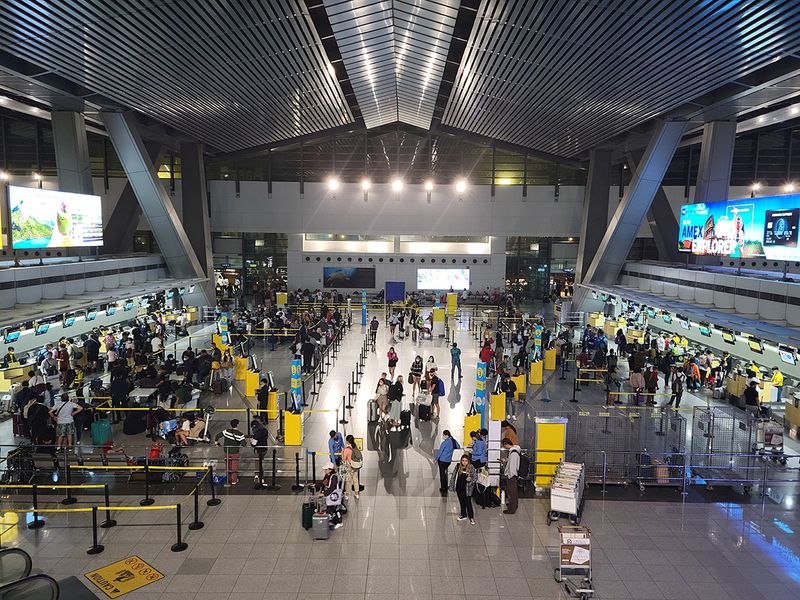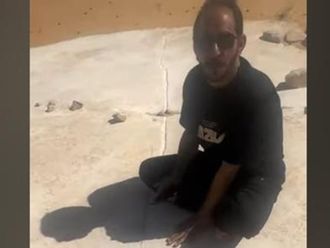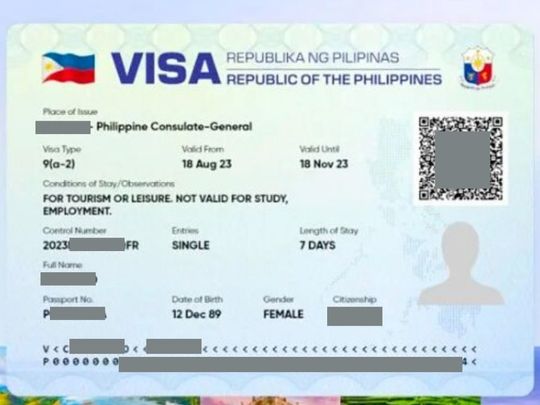
Manila: Foreigners visiting the Philippines would soon be issued electronic visas (e-visas) in a move to boost foreign visitor numbers.
This was announced by President Ferdinand R. Marcos Jr., during a courtesy visit to the presidential Malacañan Palace by Shambhu Kumaran, Indian Ambassador to the Philippines.
The chief executive expressed the government's commitment to finding a solution to extend e-visas for Indian nationals — as well as for foreigners from various countries visiting the Philippines.
The Asian country has seen a surge in foreign tourists to 2.65 million in 2022. The e-visa service is expected to further boost tourism and business, facilitate smoother people-to-people exchanges and strengthen bilateral relations.
Bilateral relations
The decision follows a request from Ambassador Kumaran during the courtesy visit, urging President Marcos to consider extending e-Visas for Indian nationals in the Philippines.
This project is part of the DFA's strategic goal of optimising ICT for its consular services, and is aligned with the President's emphasis to embrace digital services in government transactions.
The DFA and the Department of Information and Communications Technology (DICT) lead the development of the e-Visa system, as part of synchronised ICT system for consular services.
The e-Visa marks the transition of the DFA's mandate of issuing Philippine visas for foreign nationals entering the country in a secure digital environment.
In response, President Marcos assured that provisions for e-Visa extensions would be applied uniformly for nationals from other countries as well.
“We will find a way to do it. But we are doing it (extending the e-Visa),” President Marcos said during the courtesy visit of Indian Ambassador to the Philippines, Shambhu Kumaran, at Malacañan Palace in Manila.
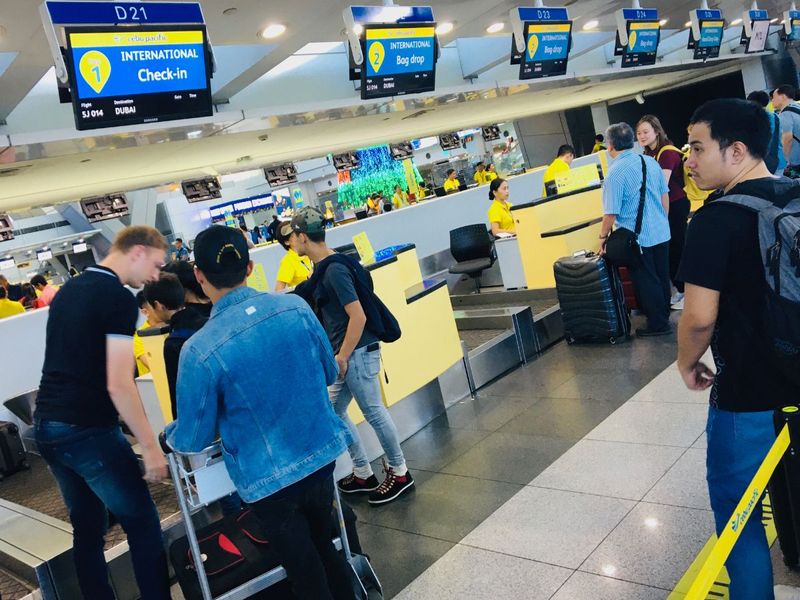
“It won’t be just India, we are doing it with…several other countries as well to keep it. Again, we will just apply the same principles that we did with others – to India. But that is something that’s easy for us,” the President said, as reported by the Philippine News Agency.
Good start
Highlighting the significance of the initiative, President Marcos noted: “That’s going to be a good beginning of a good exchange between our two countries.”
Ambassador Kumaran's courtesy visit aimed to reaffirm India's commitment to strengthening bilateral ties with the Philippines, with the upcoming commemoration of the 75th anniversary of diplomatic relations between the two nations in the next year.
In March, led by Department of Tourism (DOT) Secretary Christina Frasco, emphasised the need for visa reforms to address tourism bottlenecks.
The streamlined e-visa application involves the following four straightforward steps:
(1) Registering for a personal account on the e-visa website (https://www.visa.gov.ph).
(2) Commencing the e-visa application by inputting the necessary personal information follows the account setup.
(3) Subsequently, the applicant is required to upload a photo and submit essential documents like the passport, proof of genuine tourist or business status, among others.
(4) Completing the process involves the applicant making the e-visa fee payment through the available payment methods.
Growth drivers
Secretary Frasco identified China and India as key contributors to potential tourism growth and suggested exploring e-Visa provisions for their nationals.
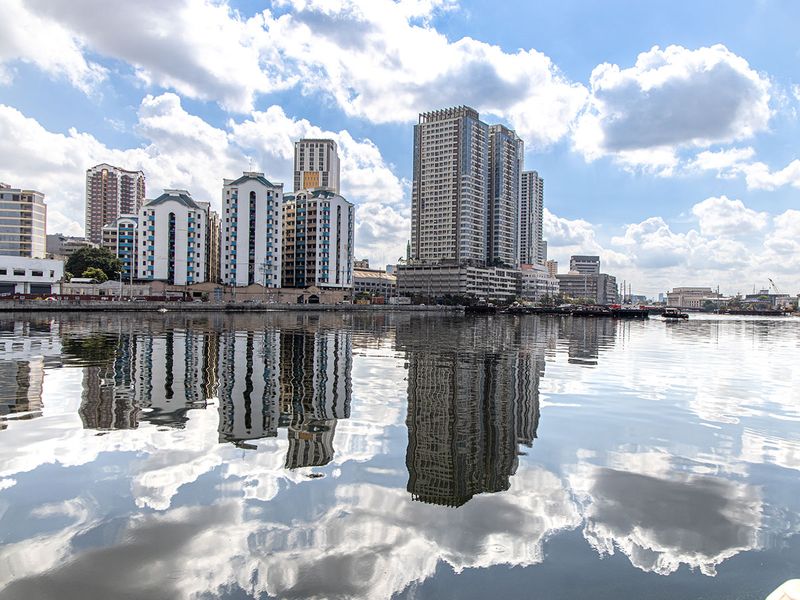
Data from the DOT revealed that India ranked eighth among top foreign visitors in 2022, with 51,542 arrivals, while China recorded over 1.7 million Chinese visitors before the onset of the pandemic.
The proposed extension of e-Visas aligns with efforts to enhance the tourism experience for foreign visitors, boost business ties and foster international relations.
The Philippines bagged three awards — World’s Leading Beach Destination, the World’s Leading Dive Destination, and Asia’s Leading Tourist Attraction (Intramuros) — at the 2022 World Travel Awards (WTA).
The Philippines was also recently recognised as the Emerging Muslim-Friendly Destination at the Halal in Travel Awards 2023 in Singapore.
Philippine visa application
All foreign nationals who wish to apply for a 9(A) Temporary Visitor's visa must file their visa applications online through https://www.visa.gov.ph.
To apply for a Philippine visa, an applicant’s passport must be valid for six (6) months beyond the date of travel. You can be granted a 15-59 days e-Visa for the Philippines according to the applicant's country of nationality.
Is e-visa available for Philippines?
Anyone can apply for an e-Visa, as long as their country of nationality is deemed eligible by the government of the Philippines.
How long does it take to get Philippines visa for Indians?
The duration for a Philippines visa application process typically ranges from 2 to 10 working days. The specific Embassy or Consulate where you submit your application plays a significant role in determining the processing time.
The completeness and orderliness of your submitted documents can also influence the speed at which your application is processed.
Do US citizens need a visa for the Philippines?
US citizens can stay in the Philippines for up to 30 days without needing a visa. However, if you wish to stay for more than 30 days, you will need to obtain a visa from a Philippine embassy or consulate before going to the Philippines.
